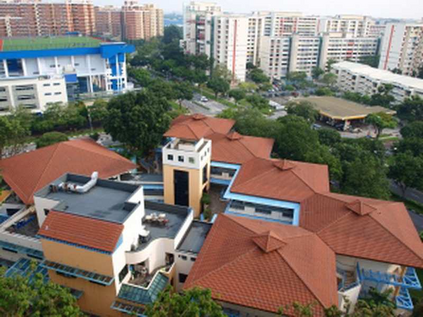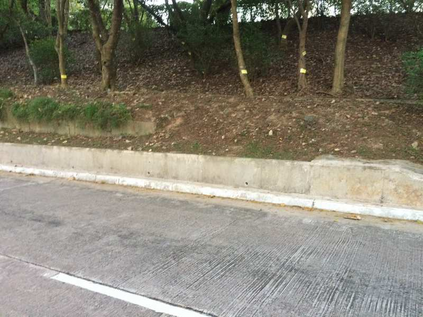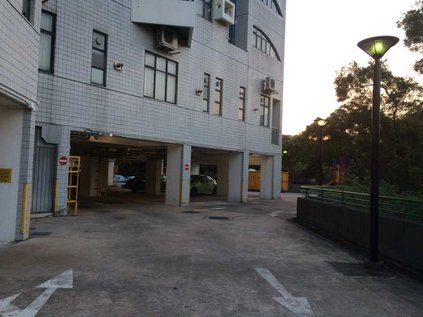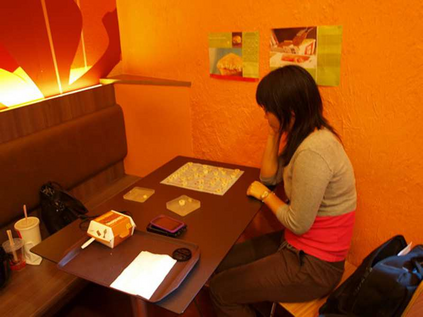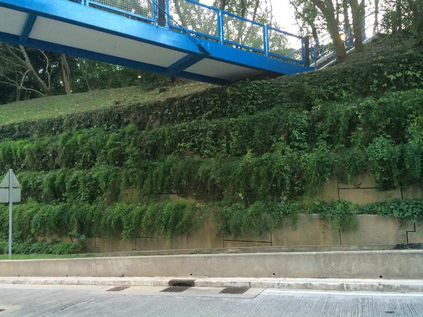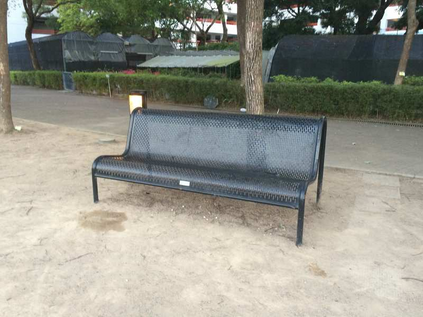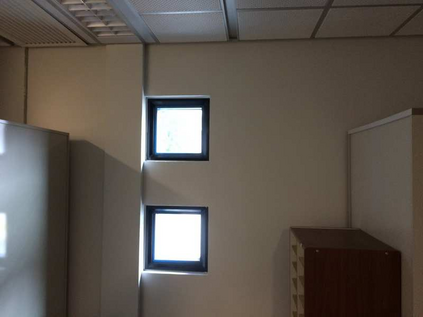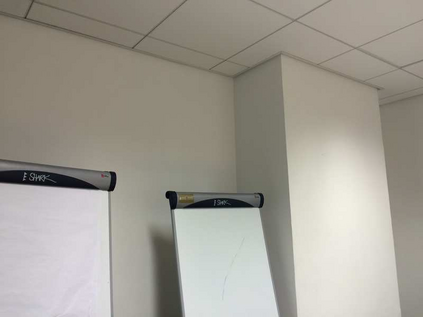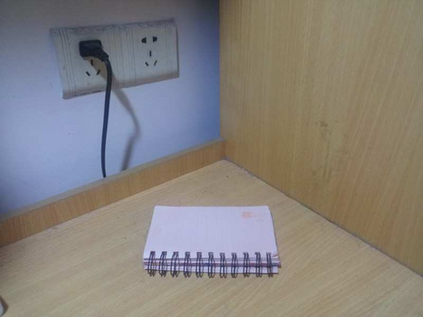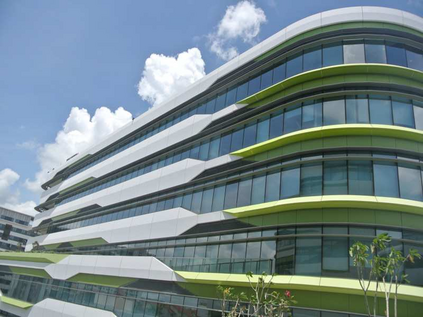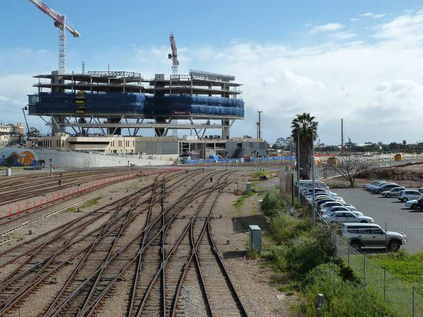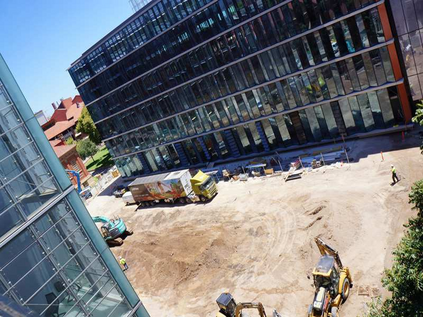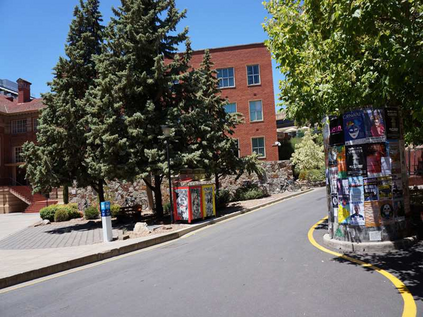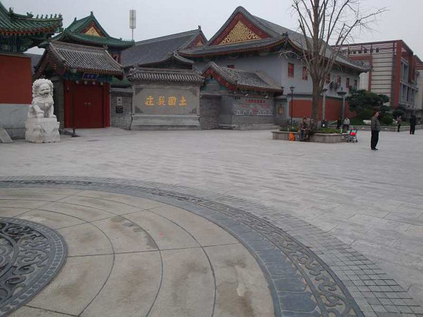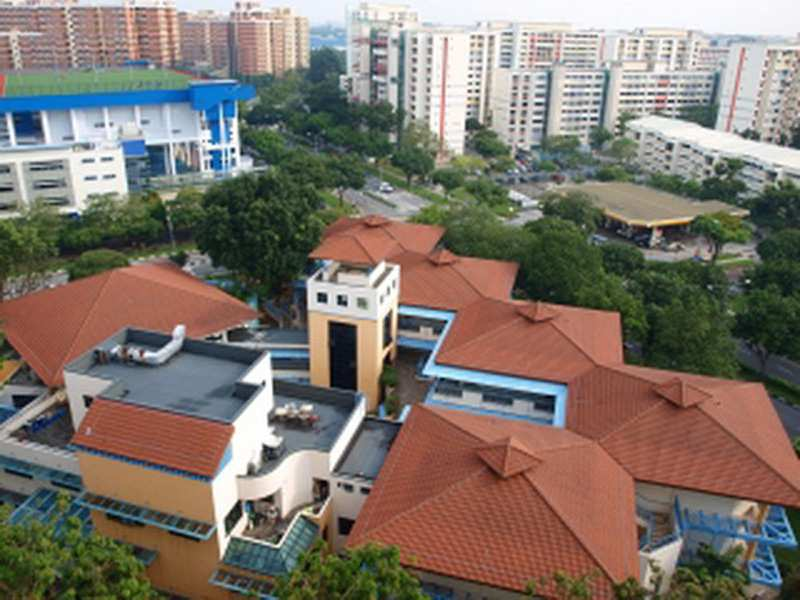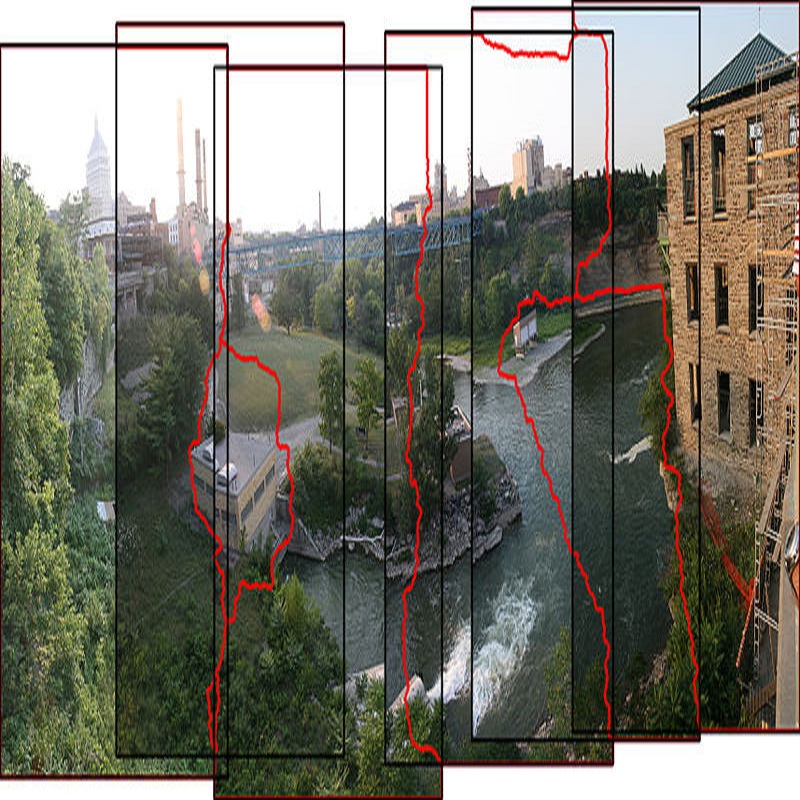Several approaches to image stitching use different constraints to estimate the motion model between image pairs. These constraints can be roughly divided into two categories: geometric constraints and photometric constraints. In this paper, geometric and photometric constraints are combined to improve the alignment quality, which is based on the observation that these two kinds of constraints are complementary. On the one hand, geometric constraints (e.g., point and line correspondences) are usually spatially biased and are insufficient in some extreme scenes, while photometric constraints are always evenly and densely distributed. On the other hand, photometric constraints are sensitive to displacements and are not suitable for images with large parallaxes, while geometric constraints are usually imposed by feature matching and are more robust to handle parallaxes. The proposed method therefore combines them together in an efficient mesh-based image warping framework. It achieves better alignment quality than methods only with geometric constraints, and can handle larger parallax than photometric-constraint-based method. Experimental results on various images illustrate that the proposed method outperforms representative state-of-the-art image stitching methods reported in the literature.
翻译:图像缝合的几种方法使用不同的限制来估计图像配对之间的运动模型。 这些限制可以大致分为两类:几何限制和光度限制。 在本文中,几何和光度限制相结合,以提高对齐质量,因为这两类限制是相辅相成的。一方面,几何限制(如点和线对等)通常在空间上有偏差,在某些极端的场景中不够充分,而光度限制总是平均和密集分布。另一方面,光度限制对偏移十分敏感,不适合大型准轴图像,而几何限制通常由特征匹配施加,对准轴处理则更为有力。因此,拟议方法将它们结合到高效的网状图像扭曲框架中。它比仅仅与几何限制相比,能够处理更大的对齐质量,比光度对立法的对齐方法。 各种图像的实验结果表明,拟议的方法比文献中报告的具有代表性的状态和艺术图像缝合方法要强。

